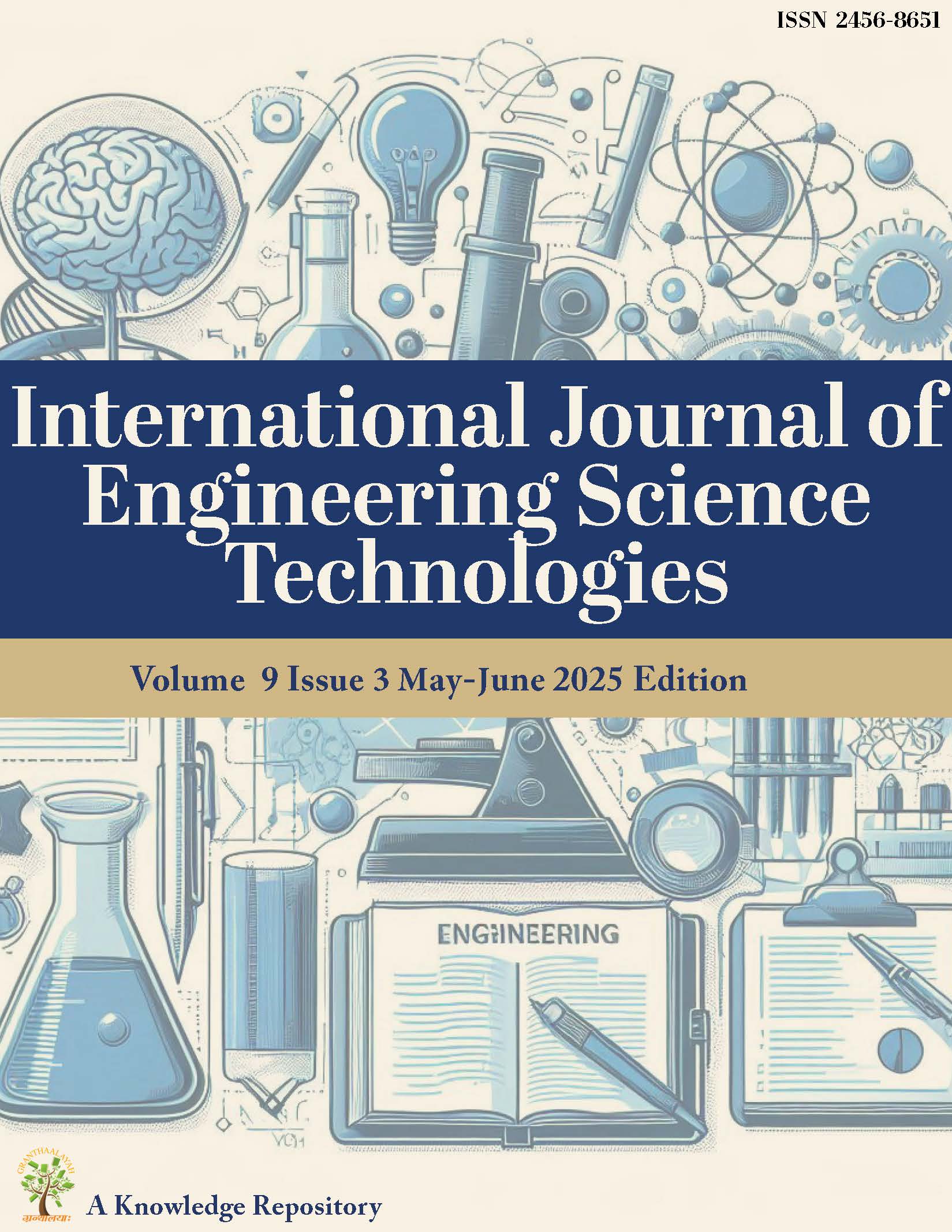PEAK HOUR AT SMALL AIRPORTS – A CASE STUDY FOR REGIONAL AIRPORTS UNDER CONCESSION IN BRAZIL
DOI:
https://doi.org/10.29121/ijoest.v9.i3.2025.702Keywords:
Regional Airport, Peak Hour, ConcessionAbstract
This paper compares the different peak hour values (a reference for infrastructure planning) at regional airports under concession in Brazil. This assessment is based on the different criteria proposed by international entities, regulatory agencies and the concession contract itself. These criteria are applied to two regional airports under concession in the State of São Paulo. The main results indicate that the use of the criteria of the current regional airport concession contracts to calculate peak hour leads to an underestimation of airport facilities, which becomes worse as the airport's regular traffic decreases, leading to a service level much lower than expected at a concessioned airport.
Downloads
References
Agência De Transporte Do Estado De São Paulo – ARTESP. (2022). Contrato De Concessão Dos Serviços Públicos De Exploração do Complexo Aeroportuário Constituído Pelos Aeroportos do Noroeste (Contrato 0465/ARTESP/2022, abril).
Agência Nacional De Aviação Civil – ANAC. (2007). Demanda Na Hora-Pico: Aeroportos Da Rede InfraeRO. Brasília.
Agência Nacional De Aviação Civil – ANAC. (2012). RBAC 153: Aeródromos – Operação, Manutençãoe Resposta à Emergência. Brasília.
Ashford, N., Mumayiz, S., & Wright, P. H. (2011). Airport Engineering: Planning, Design, and Development of 21st Century Airports (4th ed.). John Wiley & Sons. https://doi.org/10.1002/9780470950074
Ashford, N., Stanton, H. P. M., Moore, C., Coutu, P., & Beasley, J. (2013). Airport operations (3rd ed.). McGraw-Hill.
International Air Transport Association – IATA. (2022). Airport Development Reference Manual (12th ed.). Montreal.
International Civil Aviation Organization – ICAO. (2006). Manual on Air Traffic Forecasting (Doc 8991 AT/722/3, 3rd ed.). Montreal.
Lopes, D. R., & Filho, O. S. R. (2021). Aeroportos: Tópicos em Planejamentoe Projeto (1ª ed.). Editora Appris.
Paulo Filho, D., Müller, C., & Wang, P. T. (2016). Peak Hour Evaluation – A Methodology Based on Brazilian Airports. The Journal of Transport Literature, 10(4), 87–93. https://doi.org/10.1590/2238-1031.jtl.v10n4a6
United States. Federal Aviation Administration. (1976). Planning and Design Considerations for Airport Terminal Building Development (FAA-AC 150/5360-7). Washington, DC. https://doi.org/10.21949/1513971
United States. Federal Aviation Administration. (2018). Airport Terminal Planning (FAA-AC 150/5360-13A). Washington, DC.
United States. Transportation Research Board. (2010). ACRP Report 25: Airport Passenger Terminal Planning and Design. Volume 1: Guidebook. Washington, DC.
Waltert, M., Wicki, J., Perez, E. J., & Pagliari, R. (2021). Ratio-Based Design Hour Determination for Airport Passenger Terminal Facilities. Journal of Air Transport Management, 96, 102125. https://doi.org/10.1016/j.jairtraman.2021.102125
Wang, P. T., & Pitfield, D. E. (1999). The Derivation and Analysis of the Passenger Peak Hour: An Empirical Application to Brazil. Journal of Air Transport Management, 5(3), 135–143. https://doi.org/10.1016/S0969-6997(99)00007-1
Published
How to Cite
Issue
Section
License
Copyright (c) 2025 Dr. Dario Rais Lopes

This work is licensed under a Creative Commons Attribution 4.0 International License.






























